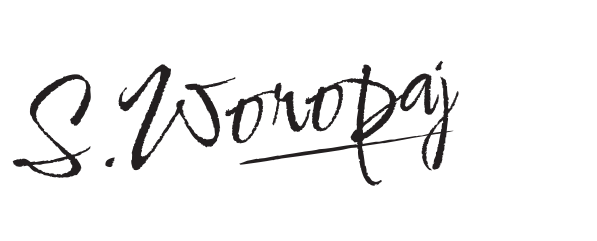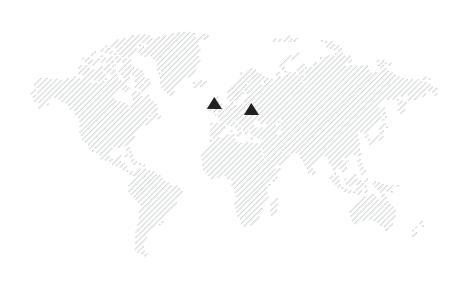Print Shop Optimisation
We hope you are not an illustration of this example. But this case is typical of printing houses where the decision was made by a tender committee or a group of appointed specialists.
The choice is often made on the assumption that ALL machines are alike and therefore the cheapest can be chosen. But this is not the case at all. As a result, the machine purchased does not compete on an equal footing with even the closest competitors.
No, this doesn’t always mean that the equipment is necessarily bad. You may have bought a low-performance machine that could have been useful for a start-up print shop by chasing options.
We suggest you have your equipment audited. We’ll free up your shop floor space, reduce staffing costs, and replace unused or unnecessary equipment. In this way, you will increase the efficiency of your production up to 30% without serious investments.

Consultancy
How To Mislead A Buyer?
In the meantime, let’s take a look at this table. No deception, all the necessary features are present.
So as not to offend anyone, let’s show these manipulations of sellers in action on the example of the famous Heidelberg printing machines, distributed in the late 2000s.
These machines have been the industry benchmark for many years, which is why everyone entering the market will compare their technique exactly with the flagships.
We’ll be comparing it to machine X without specifying the manufacturer.
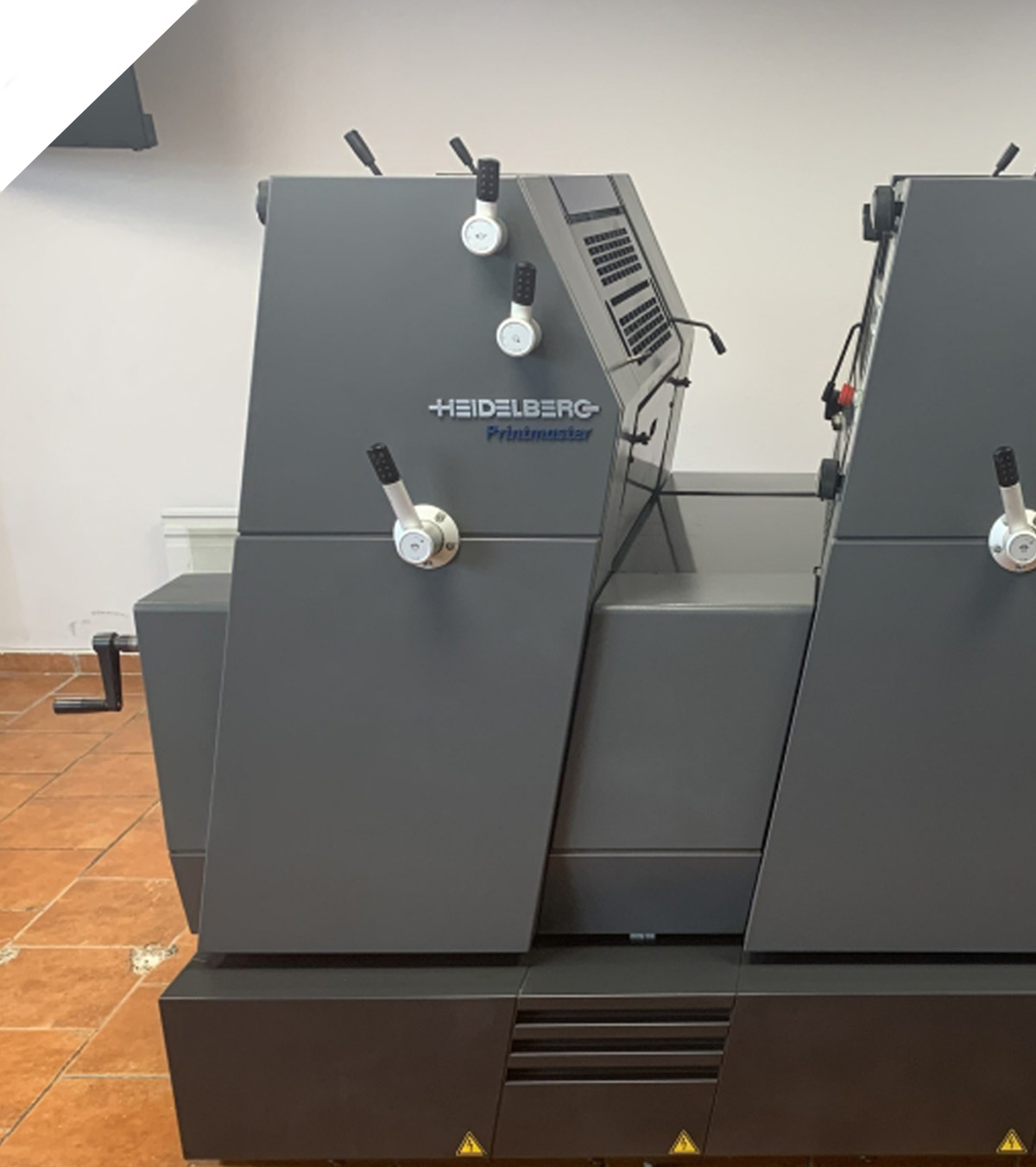
Heidelberg Printmaster GTO52
Speed 8,000 sheets per hour
Vacuum feed table – NO
Side stop – PUSHING
Push-button register adjustment – NOT AVAILABLE
Diagonal register – NOT AVAILABLE
Automatic plate change – NO
Remote control console – OPTION
Automatic ink unit wash-up – NOT AVAILABLE
Automatic blanket cylinder wash-up – NOT AVAILABLE
Automatic impression cylinder wash-up – NOT AVAILABLE
Control display – NOT AVAILABLE
Ink unit 16 rollers, 3 plate rollers
Low delivery
Price: EUR 220,000
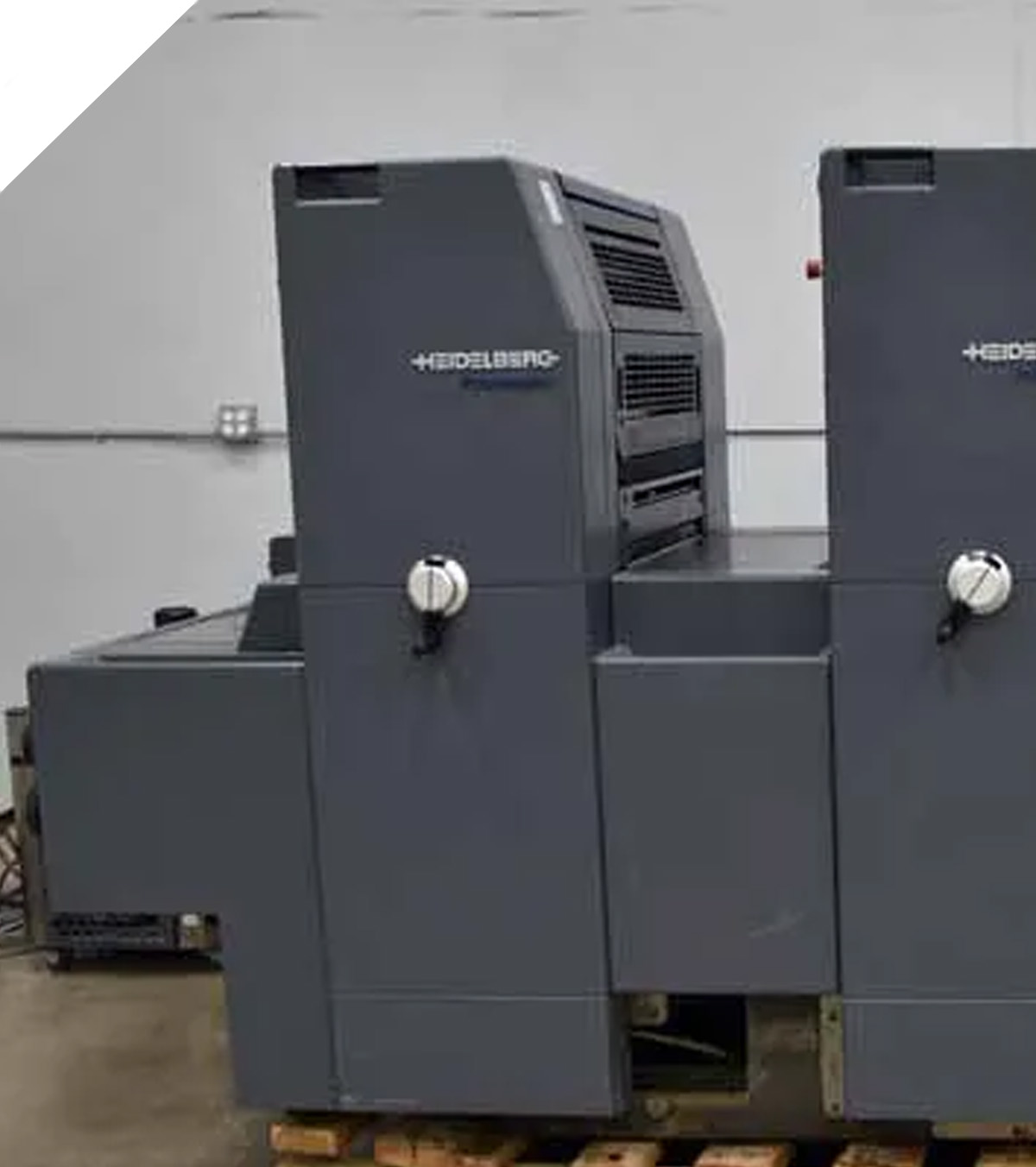
Heidelberg Printmaster PM52
Speed 13,000 sheets per hour
Vacuum feed table – YES
Side stop – PULLING
Push-button register adjustment – YES
Diagonal register – OPTION
Automatic plate change – OPTION
Remote control console – OPTION
Automatic ink unit wash-up – OPTIONAL
Automatic blanket cylinder wash-up – OPTION
Automatic impression cylinder wash-up – NOT AVAILABLE
Control display – NO, b/w only
Ink unit 18 rollers, 4 plate rollers
Low delivery
Price: EUR 320,000
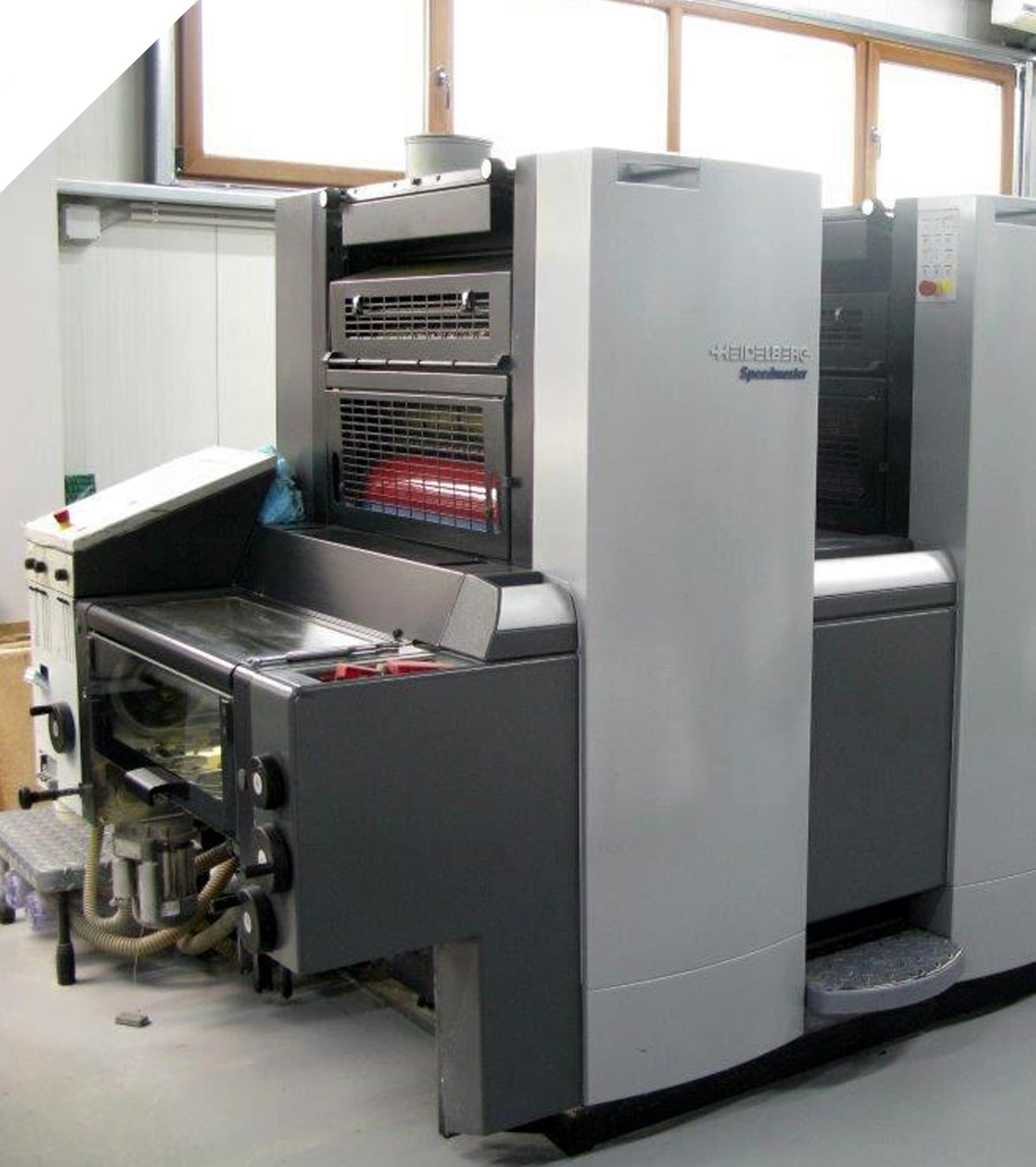
Heidelberg Speedmaster SM52
Speed 15,000 sheets per hour
Vacuum feed table – YES
Side stop – PULLING
Push-button register adjustment – YES
Diagonal register – STANDARD
Autoplate plate change – STANDARD
Remote control console – STANDARD
Automatic ink unit wash-up – STANDARD
Automatic blanket cylinder wash-up – STANDARD
Automatic impression cylinder wash-up – STANDARD
Control display – STANDARD
Ink unit 18 rollers, 4 plate rollers
High delivery
Price: EUR 420,000

Mysterious Print Machine 'X'
Speed 12,000 sheets per hour
Vacuum feed table – YES
Side stop – PULLING
Push-button register adjustment – YES
Diagonal register – STANDARD
Automatic plate change – STANDARD
Remote control console – STANDARD
Automatic ink unit wash-up – STANDARD
Automatic blanket cylinder wash-up – STANDARD
Automatic impression cylinder wash-up – OPTION
Control display – STANDARD
Ink unit 17 rollers, 4 plate rollers
High delivery
Price: EUR 280,000

What the decision maker thinks:
– Oh, this X machine is only slightly more expensive than the Heidelberg GTO52, which has no electronics at all. It has all the options that the most expensive Speedmaster SM52 has. I know, Heidelberg is a company that charges too much money for a name. You can’t fool me! I know that production is cheaper in China, that’s why the price is so low.
I’ll probably buy this X machine, even if it’s a little worse. I can work for a while, save up some money and then buy something better.
Boring Truth About Manipulations
Unfortunately, it doesn’t work that way. Cheaper machines always mean cheaper solutions.
Take the offset cylinder wash-up device, for example. To make the washing process as cheap, fast and convenient as possible for a print shop, you have to buy a whole unit that is an integrated part of the printing machine. It is much easier to put in a module with soaked towels and proudly report that our cheap machine is equipped with wash-up modules just like the flagship SM52!
Assuming that a dry towel was 4 times cheaper than a soaked one, the print shop owner was losing up to 38 thousand euros a year on towels alone! And that’s just one unit. But how beautiful everything looked on the tender…
With practical information on which solutions will work best for your print shop and which ones you should get rid of, we know exactly how to optimise your production.
I’ll say it again – there is no such thing as bad equipment, only the incorrectly chosen equipment. You won’t notice the high costs of impregnated wash-up cloths if you work with long runs. But for short runs you need to choose fundamentally different equipment.
We are ready to optimise your production as a whole, looking at the state of your sales team, your website and the way you interact with your target audience. Investing in our production optimisation always pays off many times over. Just don’t tell your competitors about it.
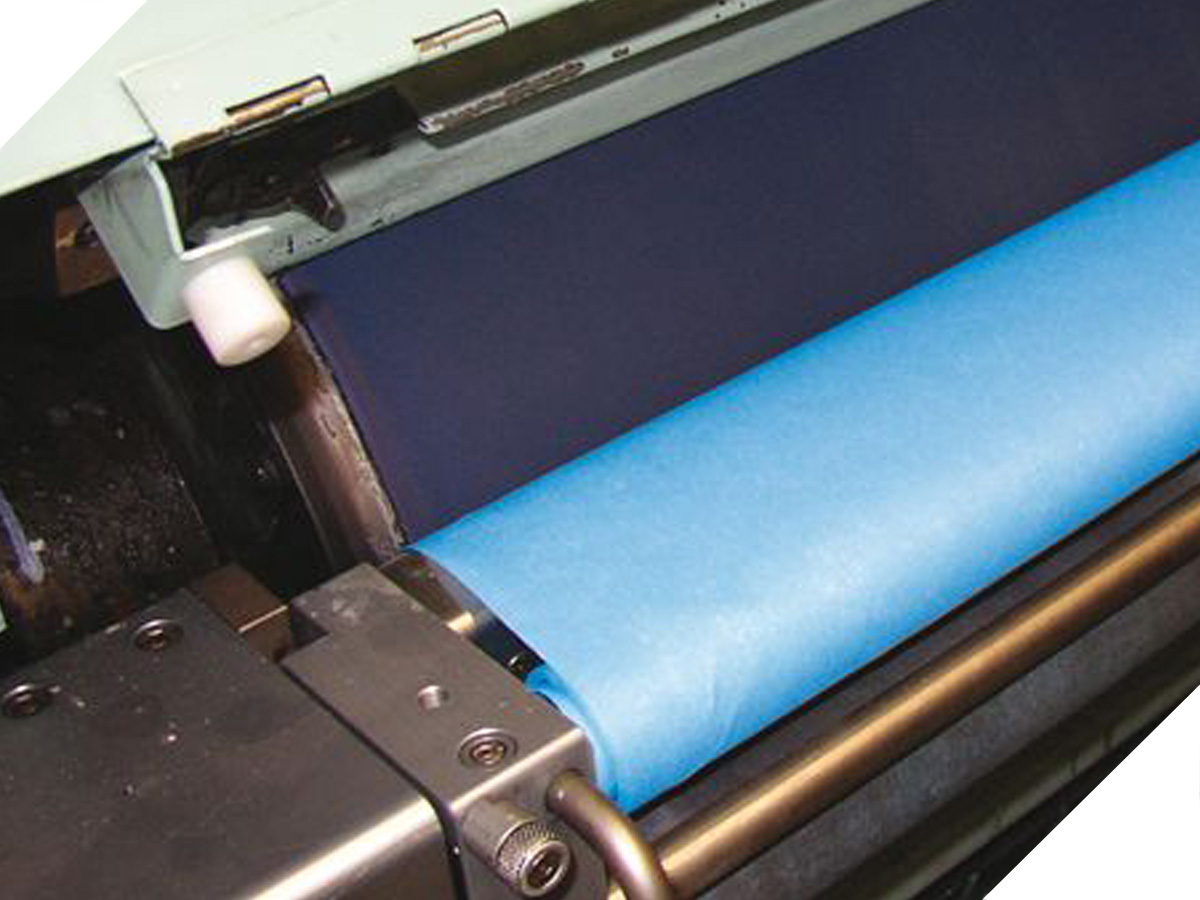
A solution that cheapens the cost of an operation usually costs more in production
To make each cleaning cycle as cheap as possible for the user, you need to design: a tank for the cleaning solution, a tank for the water, lots of tubing, nozzles, and most importantly, a link to the machine’s programming!
For those who want to pay less for the machine, but then overpay several times for consumables, the manufacturer also has a solution …

Technological Audit
There are also folding machines with belt-driven cassettes on one side, which can be discarded after five to seven years of intensive use. The paper-cutting guillotines, in which the accuracy of the cut decreases over time due to the appearance of backlash. The printing machines in which computers are placed inside print units, and they fail from vibration.
The average user – the buyer of a machine – simply cannot have a knowledge base of the capabilities of different pieces of equipment. We are ready to share this advantage to make your print shop more competitive.
Objectives Of Production Optimisation
As in the case of cloth wash-up devices, a print shop owner may not realise where his production is losing money. This could be tens of thousands of euros.
One properly selected high-speed machine can replace three inefficient ones. We can get rid of unsuitable equipment, or help you retrofit existing equipment.
Don’t buy equipment under the influence of a salesman’s charm. There are probably better solutions for you that you don’t know about.
You believe that your production plant is the best. But customers bypass it for some reason. We will check how customers perceive you and your production using modern techniques and remove weaknesses.
Based on our research, we will create a SWOT analysis of your print production, sales and customer relations. We will give you a list of recommendations for change and help you address your weaknesses.
There is no point in conducting a study of the current state of affairs in production without practical solutions to existing problems. In just a couple of months you will see real positive changes.

Great Clients
Great Reviews
